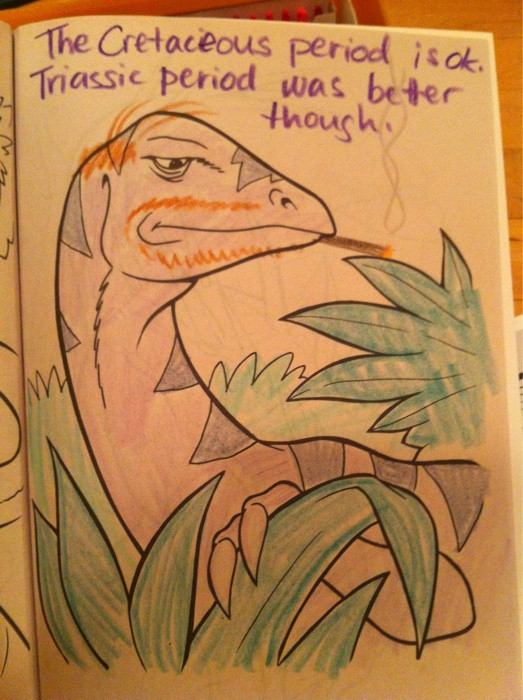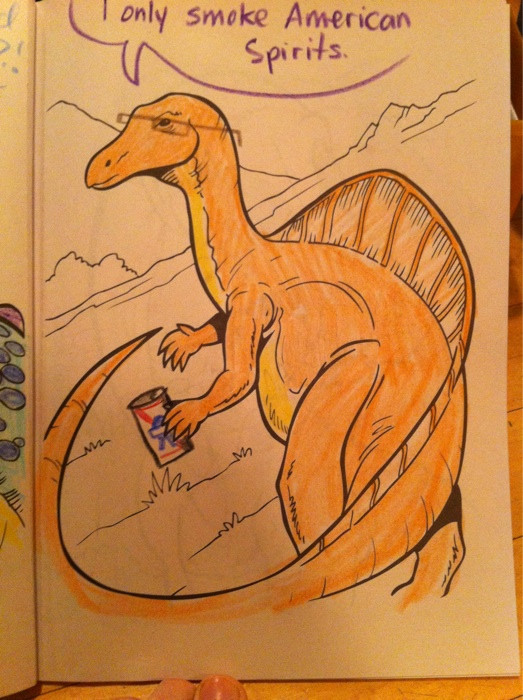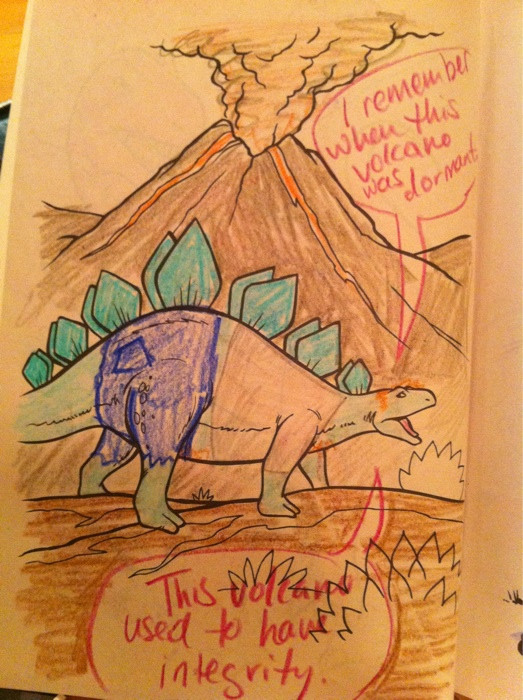
Image Credit: Imgur
H/T to Matt
For me, humor is one of the most powerful tools available
for both pedagogy as well as social resistance. It seems appropriate therefore to introduce myself to the
viz. blog with something a little offbeat and (potentially) funny.
The term “hipster” has experienced a resurgence in American
vernacular in the last few years – at least I’ve heard it used with increasing
regularity since I moved to Austin.
For quite some time I found myself a bit perplexed about what people
meant when they called a person a “hipster.” Since it generally seems to be used as a derogatory
sobriquet, I felt it important to have a clear idea of what the term
encapsulates.
As I should have known, the populist and notoriously
un-academic resource, urbandictionary.com, offers an extensive and thorough
discussion of the term. I was
surprised by the thoughtfulness of several of the entries, and amused (as usual)
by others. Much as I’d like to elaborate on those entries here, this is a visual
rhetoric blog and I want to address the ways in which “hipsterism” is shaped by
these images.

Image Credit: Imgur
What I find interesting here is the ways in which this
series of images constructs hipsterism through visual cues and conversation
bubbles. These “Hipster Dinosaurs”
illustrate both a fashion sensibility tied to the hipster identity as well as
an intellectual and anti-consumer attitude.
From these images, we gather that hipsters are coded as
often (but not always) wearing thick-rimmed glasses, having manicured facial
hair, smoking all-natural cigarettes and generally expressing intellectual
disdain across a wide variety of subjects. However, finding humor in the
pictures requires a foreknowledge of the identity.

Image Credit: Imgur
The use of dinosaurs is particularly
intriguing. Since the term
originated in the 1940s, is the use of dinosaurs meant to argue that
contemporary hipsters are seeking to resuscitate an extinct species? Or, conversely,
is it meant to indicate that hipsters are headed for extinction? Are they bound to be fossilized through
their own intellectual elitism? Is
it their own negativity that enables them to be put forth as a subject of
ridicule?
Using coloring-book images and crayons to illustrate these
drawings, the creator links the hipster persona with juvenility – seemingly the
“know-it-all” attitude of youth.
One could also argue that the act of creating such images is an equally
juvenile and petulant response to a rather harmless subculture. This raises the question of
authorial ethos. What assumptions can we make about the person that made these cartoons? Can we make any assumptions?
Humor generally relies on somebody being the butt of the
joke, and who it is and is not appropriate to ridicule is an interesting
question in the (post?) politically correct landscape. As is the question of who
is allowed to do the ridiculing. The element of risk seems fundamentally linked
to all forms of humor, but that very danger strikes me as the reason it is used
and talked about so infrequently in academic discourse.
After writing this post, and getting ready to upload it, I
found myself suddenly wondering if this was even appropriate to use. Would it offend someone? Would it get me in trouble? What if I self-identify as a
hipster? Is self-mockery the only safe form of humor left?
Comments
Contrast
"Using coloring-book images and crayons to illustrate these drawings, the creator links the hipster persona with juvenility – seemingly the “know-it-all” attitude of youth." Does (s)he? Or is the emphasis not know-it-all-ness but contrast? The viewer expects a sort of exuberance and innocence in children's coloring books (which often have dinosaurs), and the shock of seeing "dirty hipster" cynicism and world-weariness is, well, quite comical.